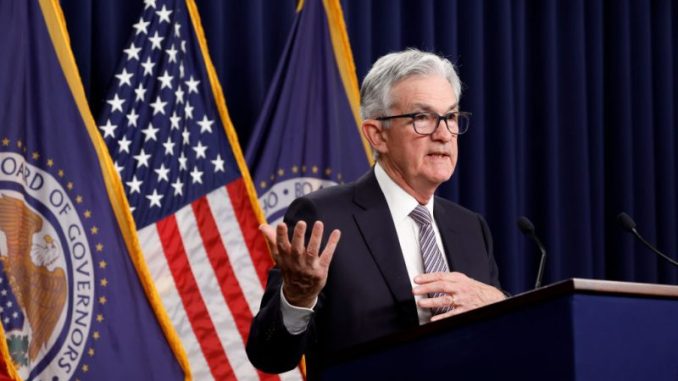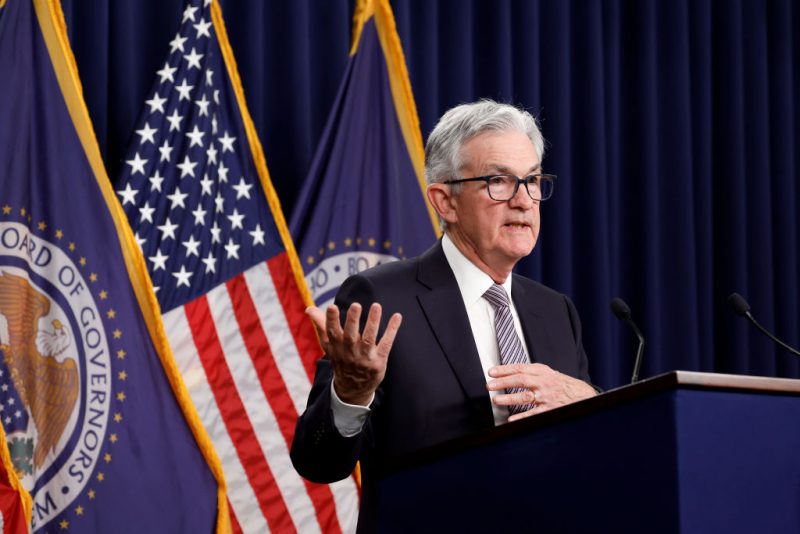

OAN Geraldyn Berry
UPDATED 1:35 PM – Wednesday, May 3, 2023
The Federal Reserve has reportedly increased its key interest rate by a quarter point.
Advertisement
The highly anticipated and unanimous Wednesday decision has raised the important benchmark federal funds rate from near zero a little more than a year ago to a range of 5% to 5.25%. This has been the highest level since August 2007. The decision represented the tenth straight rate hike intended to combat high inflation and slow the economy.
Policymakers had given the impression that rate increases in the future are not a given, implying that further changes to the policy will depend on “incoming information.”
“In determining the extent to which additional policy firming may be appropriate to return inflation to 2 percent over time, the Committee will take into account the cumulative tightening of monetary policy, the lags with which monetary policy affects economic activity and inflation, and economic and financial developments,” the Fed said.
The statement provided little further information beyond the preceding phrase that stated that the “Committee anticipates that some additional policy firming may be appropriate” for inflation to return to the Fed’s 2% objective.
Banks had dramatically increased their lending conditions during a credit crisis, which made it challenging to secure a loan. As banks attempted to lower their own financial risk, borrowers were required to accept stricter conditions, such as high-interest rates. In consequence, fewer loans result in lower big-ticket consumer and company expenditures.
While that aided the Fed in its battle to rein in inflation that has remained stubbornly high, it also increased the likelihood of a recession this year, with the likelihood of a recession in the next 12 months standing at 65% according to Goldman Sachs Research.
The Fed’s evaluation took into account recent pressures in the banking industry. Since Silicon Valley Bank and Signature Bank went under in March, other lenders had become more wary of making loans.
Similar to rising interest rates, the decrease in lending had a negative impact on economic growth, but its impacts were more difficult to measure and forecast.
The Fed reaffirmed its March statement, warning that the effects of tightening lending conditions on the economy were “uncertain.”
“Tighter credit conditions for households and businesses are likely to weigh on economic activity, hiring, and inflation,” the Fed’s statement said. “The extent of these effects remains uncertain. The Committee remains highly attentive to inflation risks.”
Stay informed! Receive breaking news blasts directly to your inbox for free. Subscribe here. https://www.oann.com/alerts

